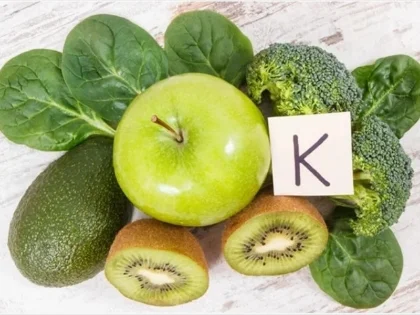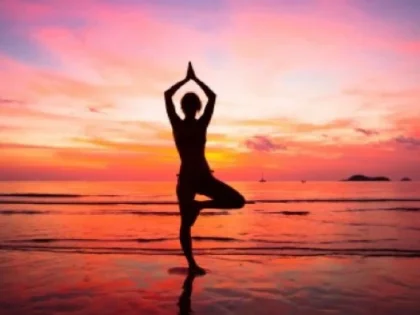MasteringSun Salutations: Flowing Through Your Practice
Sun salutations, also known as Surya Namaskar, are a fundamental yoga pose that may both relax the mind and invigorate the body. The arms and shoulders can be strengthened by performing this vigorous sequence. Regardless of your degree of flexibility or physical fitness, learning to perform Sun Salutations at home can be beneficial. The secret is to move in a way that is in harmony with your breathing and feels pleasant.
1. Inhaling
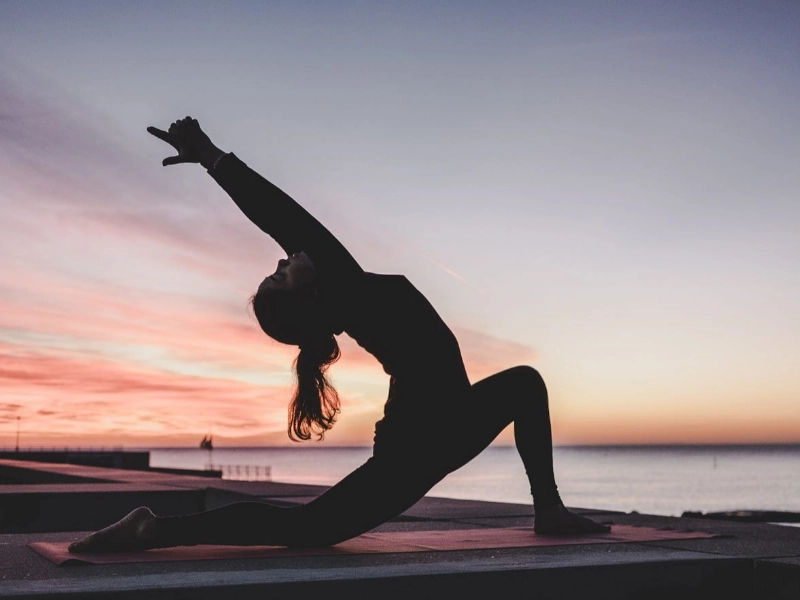
2. Harmony
 Every Sun Salutation movement must be in sync with the breath, whether performed quickly to increase body temperature and sweat or more slowly to create a moving meditation. This practice helps you become more aware of how your body moves and breathes in various postures, and it's a terrific way to see how one pose and transition relate to the next.
The Sun Salutations series' alternate motions increase range of motion in most body joints, including the shoulders, neck, spine, hips and knees, and chest. Additionally, they increase flexibility and balance, which benefits both your daily life and your physical yoga practice.
Sun salutations have many physical advantages, but they can also help you de-stress and increase focus and concentration. According to one study, students who performed sun salutations on a regular basis showed fewer signs of stress than those who didn't (1). Sun Salutation exercises can also strengthen your core muscles and enhance digestion.
Every Sun Salutation movement must be in sync with the breath, whether performed quickly to increase body temperature and sweat or more slowly to create a moving meditation. This practice helps you become more aware of how your body moves and breathes in various postures, and it's a terrific way to see how one pose and transition relate to the next.
The Sun Salutations series' alternate motions increase range of motion in most body joints, including the shoulders, neck, spine, hips and knees, and chest. Additionally, they increase flexibility and balance, which benefits both your daily life and your physical yoga practice.
Sun salutations have many physical advantages, but they can also help you de-stress and increase focus and concentration. According to one study, students who performed sun salutations on a regular basis showed fewer signs of stress than those who didn't (1). Sun Salutation exercises can also strengthen your core muscles and enhance digestion.
3. The Movement
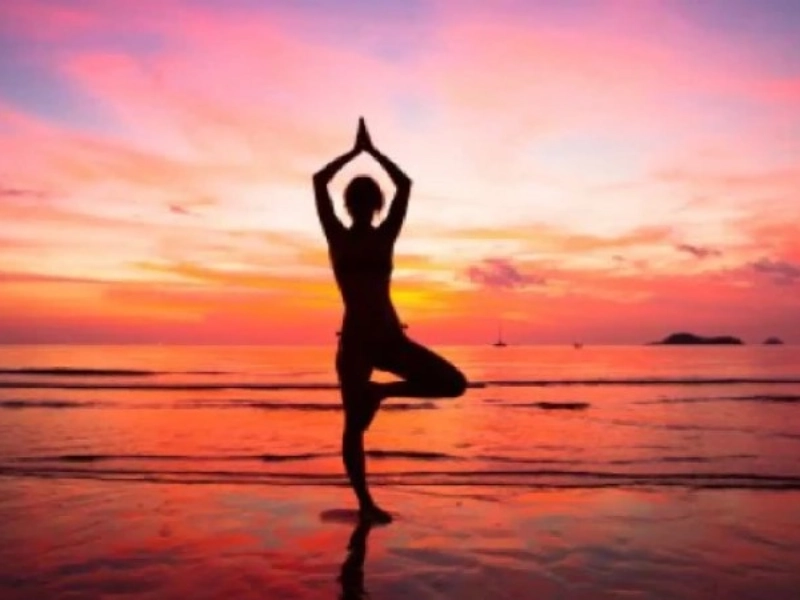 A state of complete immersion in a task that seems effortless and natural is known as flow. High performance occurs when an activity's difficulty level and a person's skill level are precisely balanced. Millions of athletes, artists, businesspeople, and others have mastered the use of this force to achieve their best work. When someone is going with the flow, hours can seem like minutes, and they frequently lose track of time. It is believed that flow happens when brain areas communicate smoothly, almost automatically.
During flow, a neurotransmitter system known as the locus coeruleus-norepinephrine system is triggered. This system promotes feelings of motivation and pleasure. Similarly, during flow, the amygdala, which controls emotions and fear reactions, tends to deactivate, adding to the sense of emancipation that can accompany this condition. Finding the activities that bring you into flow is a useful first step in practicing flow. Then, you should create an environment that encourages as much flow as possible.
A state of complete immersion in a task that seems effortless and natural is known as flow. High performance occurs when an activity's difficulty level and a person's skill level are precisely balanced. Millions of athletes, artists, businesspeople, and others have mastered the use of this force to achieve their best work. When someone is going with the flow, hours can seem like minutes, and they frequently lose track of time. It is believed that flow happens when brain areas communicate smoothly, almost automatically.
During flow, a neurotransmitter system known as the locus coeruleus-norepinephrine system is triggered. This system promotes feelings of motivation and pleasure. Similarly, during flow, the amygdala, which controls emotions and fear reactions, tends to deactivate, adding to the sense of emancipation that can accompany this condition. Finding the activities that bring you into flow is a useful first step in practicing flow. Then, you should create an environment that encourages as much flow as possible.
4. Take a nap.
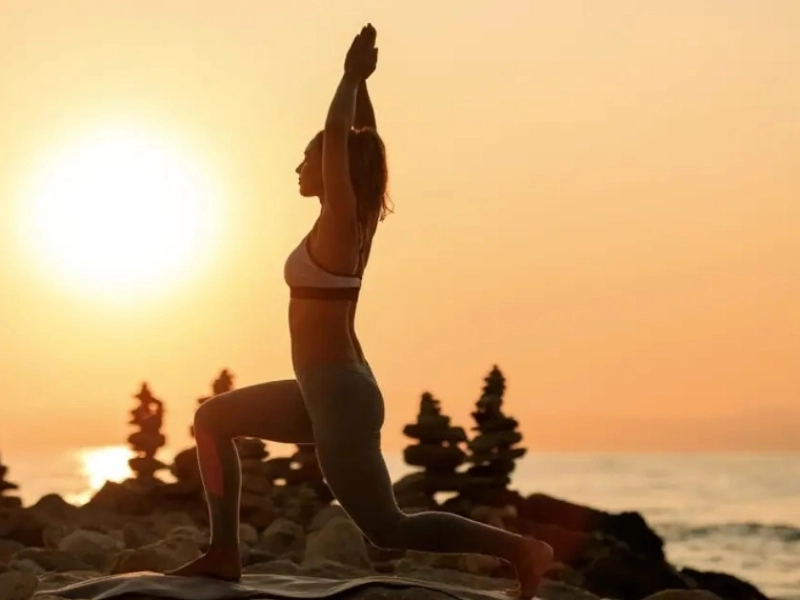 The body is warmed, strengthened, and aligned by performing a series of sun salutations. If you move quickly, they can also be used as a "yoga burpee," providing an excellent aerobic workout.
Yogis traditionally perform sun salutations in the morning to start the day with awareness and appreciation. To clear the mind and increase vitality, they can also be done at any time of day.
When performing sun salutations, it is critical to pay attention to your body and adjust as needed. It's acceptable to take longer in poses like chaturanga or downward-facing dog, but don't stay in them for too long as this will tire you out. This also applies to poses and motions where you have the option to bend your knees, like the Cobra Pose or the Low Lunge in Warrior 1. Always practice with appreciation in mind, and pay attention to how your breath affects your body's movement.
The body is warmed, strengthened, and aligned by performing a series of sun salutations. If you move quickly, they can also be used as a "yoga burpee," providing an excellent aerobic workout.
Yogis traditionally perform sun salutations in the morning to start the day with awareness and appreciation. To clear the mind and increase vitality, they can also be done at any time of day.
When performing sun salutations, it is critical to pay attention to your body and adjust as needed. It's acceptable to take longer in poses like chaturanga or downward-facing dog, but don't stay in them for too long as this will tire you out. This also applies to poses and motions where you have the option to bend your knees, like the Cobra Pose or the Low Lunge in Warrior 1. Always practice with appreciation in mind, and pay attention to how your breath affects your body's movement.




